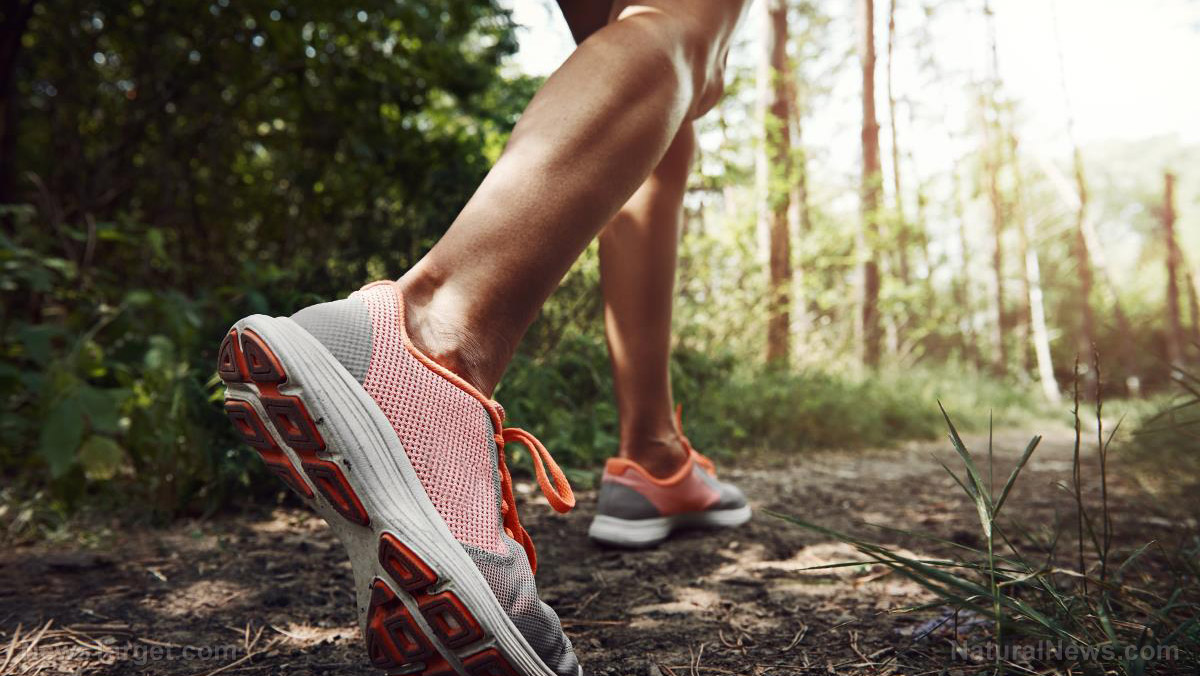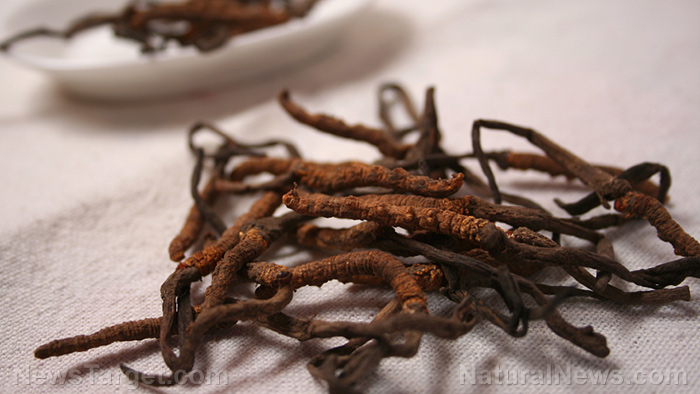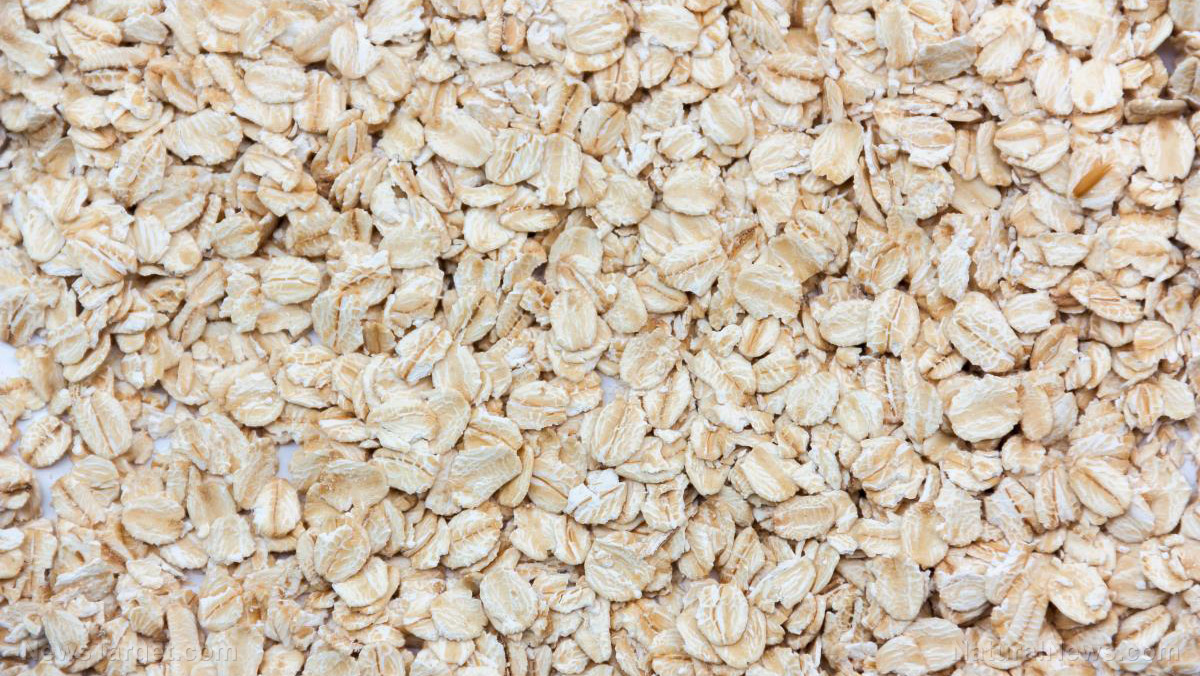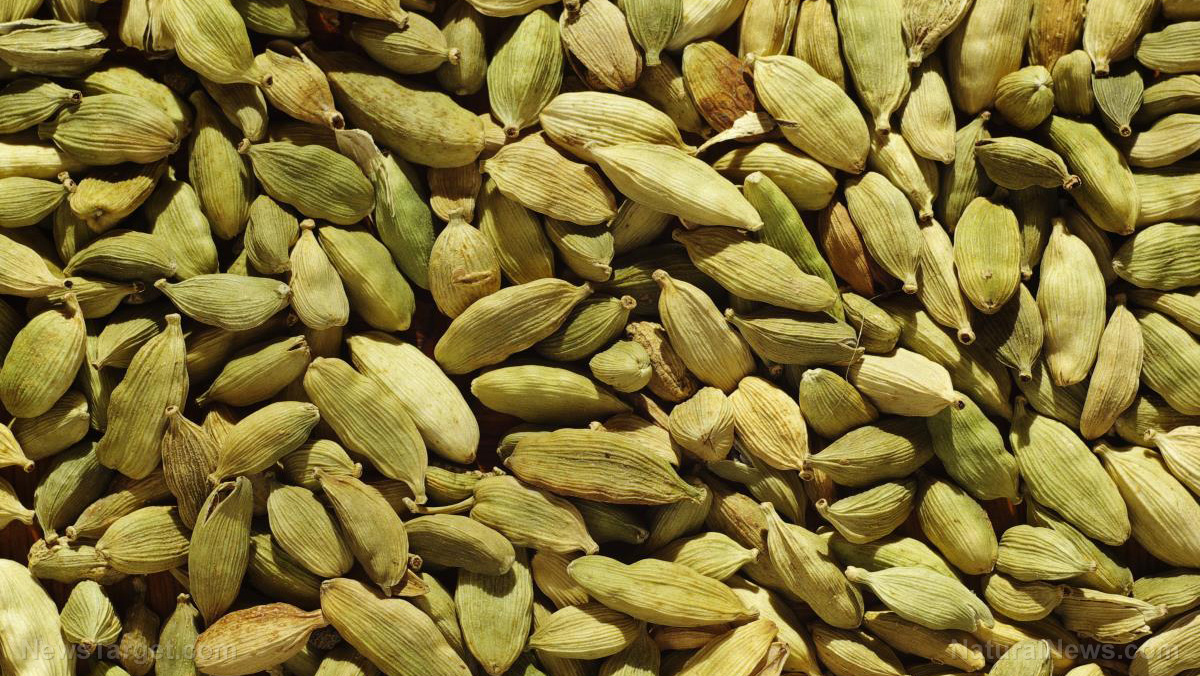Walk your way to better health: Regular physical activity linked to lower risk of cirrhosis-related death
12/12/2019 / By Darnel Fernandez

It cannot be stressed enough that physical activity, such as walking and working out, is vital for improving overall health. Now, a recent study suggests that physical activity can significantly benefit people suffering from liver disease.
The study, presented at Digestive Disease Week 2019, found that physical activity was linked to a significant reduction in the risk of cirrhosis-related death. According to the researchers, death from liver disease is increasing dramatically, referring to the rise in chronic liver disease due to the obesity epidemic. The researchers hope that their findings could help provide specific exercise recommendations that may benefit those with chronic liver disease.
“In the US, mortality due to cirrhosis is increasing dramatically, with rates expected to triple by the year 2030. In the face of this alarming trend, information on modifiable risk factors that might prevent liver disease is needed,” said Lead Researcher Tracey Simon M.D., instructor of medicine at Harvard Medical School and Massachusetts General Hospital.
Get physical for a better liver
Previous studies were limited in scope, mostly assessing physical activity at only one point in time or had very short follow-up periods. Simon and her team presented the first prospective study in a large US population that included updated physical activity measurements over a prolonged period. This longer period allowed the research team to make accurate estimates on the relationship of physical activity and liver disease mortality. (Related: Keep moving for better health: Even 10 minutes of vigorous physical activity can help lower death risk.)
To determine the association between physical activity and a decreased risk of liver disease mortality, the researchers collected data from 68,499 women from the Nurses’ Health Study and 48, 748 men from the Health Professional’s Follow-up Study. The participants provided accurate data on their weekly time spent on walking, individual aerobic activities and resistance exercises every two years, from 1986 to 2012.
The researchers recorded 269 deaths throughout their study, of which 148 were women and 121 were men. From the results, the researchers found a reverse association between physical activity and cirrhosis-related mortality. Adults who exercised frequently had a 73 percent lower risk of dying from cirrhosis compared to adults who exercised the least. Also, they observed that energy expenditures from both walking and vigorous activity resulted in similar levels of risk reduction. Resistance exercises, however, were independently associated with reduced liver disease mortality risk.
“The benefit of exercise is not a new concept, but the impact of exercise on mortality from cirrhosis and from liver cancer has not yet been explored on this scale,” said Simon. “Our findings show that both walking and strength training contribute to substantial reductions in risk of cirrhosis-related death, which is significant because we know very little about modifiable risk factors.”
Liver-loving foods
The liver is a powerhouse that needs to be protected to promote overall health. The US study showed that exercising regularly promotes liver health. But if working out seems overwhelming for you, there are other ways to support your liver. Here are a few foods you can add to your diet to help protect your liver from disease:
- Tea. Tea is widely considered a health-supporting beverage, and it can be particularly beneficial for the liver. According to a study published in the BMJ, drinking about five to 10 cups of green tea regularly was linked to improved blood markers of liver health.
- Fatty fish. These types of fish are packed with omega-3 fatty acids, which are known for their heart-healthy properties. But these healthy fats have benefits for the liver as well. Research shows that omega-3 helps prevent the buildup of fat, keeps enzyme levels stabilized and fights off inflammation.
- Cruciferous vegetables. These leafy greens are high in fiber and have a distinctive taste. They also contain plant compounds that are beneficial for liver health. Vegetables like Brussels sprouts and broccoli are rich in compounds that help detoxify the body and protect the liver.
The liver is an important organ that plays an important role in various bodily processes. You don’t even have to do rigorous exercises to protect it from disease — walking for several minutes every day can have beneficial effects. Learn more about preventing liver disease at LiverDamage.news.
Sources include:
Tagged Under: aerobic exercise, exercise, fightobesity, fitness, functional food, liver cirrhosis, liver disease, omega 3, prevention, slender, walking, weight loss
RECENT NEWS & ARTICLES
LiverDamage.News is a fact-based public education website published by Liver Damage News Features, LLC.
All content copyright © 2018 by Liver Damage News Features, LLC.
Contact Us with Tips or Corrections
All trademarks, registered trademarks and servicemarks mentioned on this site are the property of their respective owners.


















